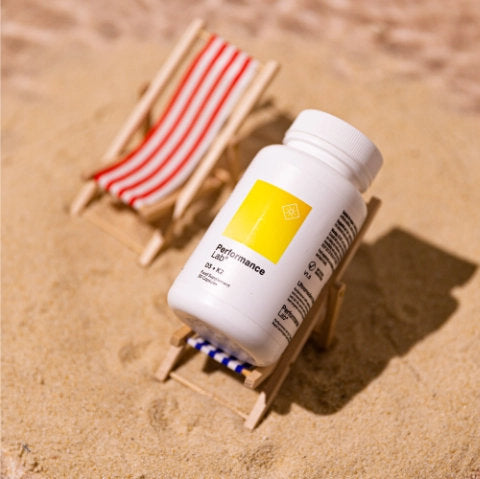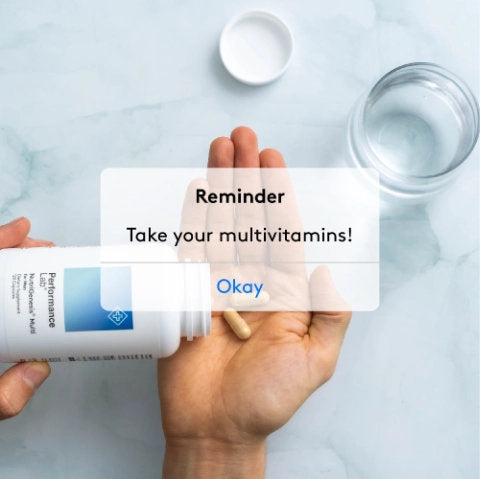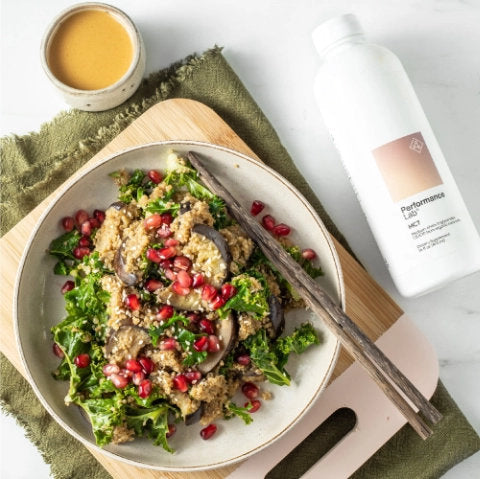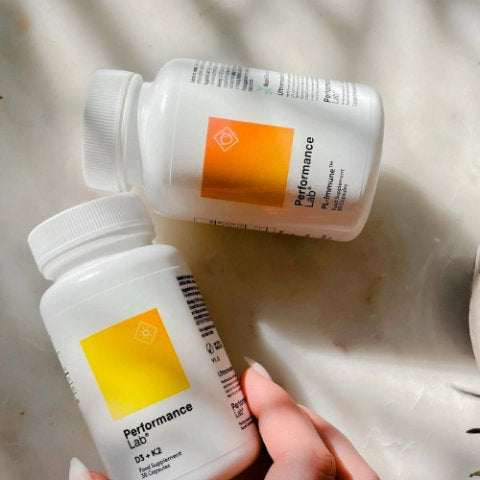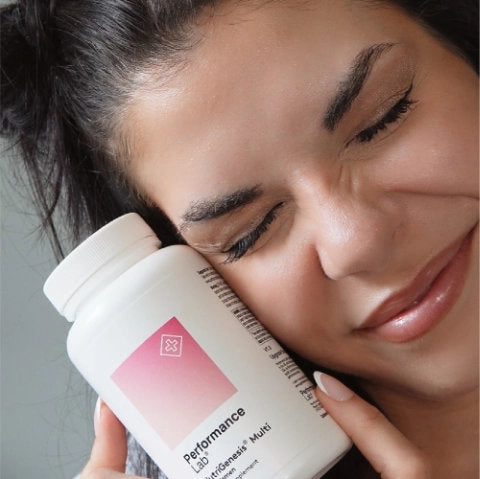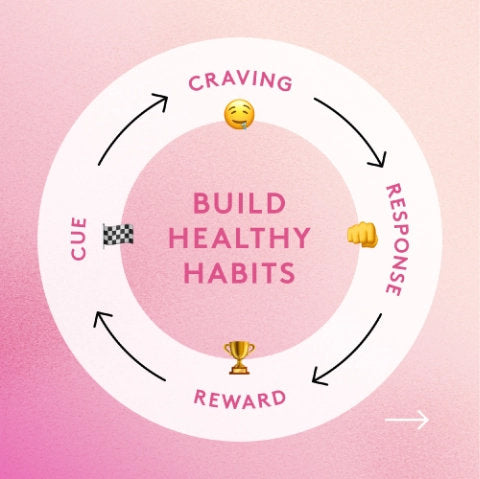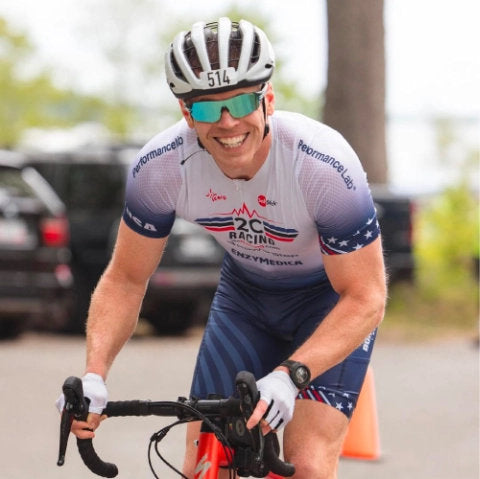Which muscles do you focus on during your workouts? If you’re like most gym bros, it’s anything at the front.
You dedicate all your time to improving your physique head-on, which means bicep curls, ab crunches, shoulder raises, chest presses, and the like.
But while you may be thinking from the front, that approach to training isn’t forward-thinking. All anterior muscles are essential for overall strength and well-being, but the posterior muscles are just as important, if not more.
And one back muscle we can’t forget to train? The traps. Most gym bros focus on building massive lats, but the trapezius muscles make up a considerable part of your back and are important for giving definition and reducing injury. The traps are more than aesthetics, and it’s time we give them some attention.
If you’re ready to build a symmetrically sculpted upper body, trap development is huge. So, we’re going over why trap strength is essential, the best exercises for building bigger, badder, and better traps, and how to maximize your gym gains.
Benefits Of Strong Traps
Building bigger and stronger traps isn’t all about aesthetics—it’s also about health. The traps are some of the biggest muscles on the back (apart from the lats) and are involved in the movement of the head, neck, shoulders, arms, and torso, along with the spine’s stability and posture. So, while weak traps may not seem like a big deal, they are.
And for athletes and lifters who can’t fully raise their arms overhead, training the upper traps can make a massive difference in overall shoulder health and performance.
Being able to raise your arms overhead is important regardless of whether you’re an athlete, bodybuilder, or desk-sitter casually hitting the gym. But most people lose the ability to do so naturally without supporting some compensation pattern.
For non-athletes, foam rolling the upper back, anterior core strength, thoracic endurance, and performing corrective exercises can be highly beneficial.

And then, on top of that, you cement these movement patterns with extension exercises like squats (and their variations). But for athletes and fitness fanatics stuck in spinal extension, there’s another story—and most often, it’s the result of underactive traps.
To bring the arms overhead, the shoulder blades move through three motions:
- Posterior tilt
- Protraction
- Upward rotation
And for this movement to happen, three muscles work together: the serratus anterior, lower traps, and upper traps—not the rotator cuff like most people think.
To fix the issue of underactive/lengthened traps, you need to activate the upper traps, lower traps, and serratus anterior.
And while shrugs are part of this equation, they’re not the first thing you should do. Why? We want to avoid shoulder depression. Plus, traditional shrugs work scapular elevation, not upward rotation.
While we may include shrugs as part of our trap workout, they’re going to be last on the list. Instead, we’ll use variations.
So, if bodybuilding isn’t up your alley, building stronger traps is still essential to maintain good posture, preventing injury, and reducing pain [ 1.
5 Exercises To Build Bigger Traps
1. Barbell overhead shrug
A list of the best exercises for building bigger traps wouldn’t be complete with the classic—barbell shrugs. But we’re trading the traditional barbell shrug for an overhead version.
These shrugs are a super alternative for anyone who can elevate their arms overhead without compensating through the lumbar spine. They activate your upper and middle traps and build mass, strength, and muscular endurance.
How to:
- Stand with your feet shoulder-width apart and your toes facing forward.
- Engage your abs and depress your ribs. With a wide grip, bring the barbell overhead.
- Inhale and shrug upwards (bring your shoulders towards your ears) as high as you can, then slowly control the descent back to starting position.
2. Farmer’s carry
Farmer’s carries are an incredibly simple exercise, but they’re insanely effective for building upper body strength and mass. They’re some of the best bangs for your buck in the exercise world.
They engage nearly every muscle in the body, targeting your grip strength, biceps, triceps, forearms, shoulders, upper back, traps, quads, hamstrings, calves, lower back, obliques, transverse abdominis, and rectus abdominis. Is there any other exercise that engages this many muscles?
But if you’re looking to build trap strength with a farmer’s carry, keep your shoulders and back engaged throughout the entire movement.
How to:
- Grab a dumbbell or kettlebell in each hand (same weight), and keep your arms at your sides.
- Engage your core and back, maintain an upright posture, and keep a firm grip on the weights.
- Walk forward, taking even, measured steps. Be sure to control the weight and maintain your posture and grip on the weights.
3. Bent-over lateral raise
Lateral raises are a staple for building boulder shoulders, but if you’re trying to develop massive traps, the bent-over variation is gold. You mainly target the posterior delts, lateral delts, traps, and rhomboids in a bent-over lateral raise.
They’re great for increasing muscular hypertrophy of the posterior shoulder, which can improve pulling and pushing strength, overhead stability, and enhance the appearance from the back (you’ll look huge!).
How to:
- With feet shoulder-width apart, hold a dumbbell in each hand. Bend at the knees slightly and hinge forward until you’re almost parallel to the floor; keep your back straight and avoid arching.
- With your palms facing your torso, extend the arms to the sides with a slight bend in the elbows.
- Raise the arms until elbows are at shoulder height and arms are about parallel to the floor. Focus on squeezing the shoulder blades together when the arms are raised.
- Lower the dumbbells with control to the starting position.
4. Cable face pulls
People rarely give much attention to face pulls, but they’re one of the best exercises for building shoulder and scapular strength to assist in heavy pressing exercises.
Because they’re so amazing for building scapular strength, it also directly contributes to better shoulder and back health. A strong back means more weight, reps, and mass gain.
How to:
- Grab a rope attachment and attach it to a cable machine. Ensure the cable is set at a height slightly higher than your line of vision.
- Hold the rope with both hands and pull the weight directly towards your face.
- Keep your upper arms parallel to the ground and your elbows to the sides but higher than your wrists throughout the movement. Squeeze your shoulder blades as you pull.
- Control the rope as you bring it back to starting position.
5. Rack pulls
If you’re unfamiliar with rack pulls, they’re essentially the top half of a deadlift. Instead of lifting the bar from the floor, you’re pulling it from a rack positioned around knee height.
Because you’re pulling the weight from higher, you’re removing the load from the legs and focusing only on the upper back portion of the movement, which demands more engagement from the upper back muscles.
How to:
- Set your rack height at the level of your sticking point (just below the knee, at knee height, bottom of the quad, etc.).
- Assume a normal deadlift stance—feet about hip-width apart, hips hinged with a firm grip on the bar. Use your lats to pull the bar close to your body.
- Drive your feet into the floor and push your hips forward to pull the barbell from your knees to hip height. You want to lock out your hips at the top of the movement.
- Keep your lats contracted and pause at the top for 1-2 seconds.
- With control, lower the bar back to starting position.
5 Tips To Maximize Your Gains
1. Focus on form before weight
Too many people lift to lift heavy and show off. And while greater stress on muscle tissue does lead to adaptation, it also leads to injury when done incorrectly.
Before you focus on loading up the bar or grabbing a pair of 120lb. dumbbells, ensure you’re using the proper technique. This helps to avoid compensation patterns, hit the muscles you intend to hit, and reduce the risk of injury.
Once you’ve perfected your form and you’re targeting the appropriate muscles, only then should you increase the weight.
2. Give yourself recovery days
Being in the gym is essential for building strength and mass, but it’s not the be-all of muscle growth. Most muscle growth happens during recovery (i.e., when you’re not training).
Some studies suggest that muscle protein synthesis increases by a whopping 50% four hours after a workout 2, so if you’re training doubles for hours at a time and not giving your muscles sufficient time to recover and repair, your efforts are going to waste.
3. Get enough sleep
Adequate sleep is another critical piece of the recovery puzzle and a huge factor in muscle growth and repair. To build bigger traps, you must ensure muscle repair is up to par.
While REM sleep is essential for rejuvenation, during non-REM sleep, the pituitary gland secretes roughly 70% of the growth hormone (GH) it produces, which tissue growth and repair from exercise and normal wear and tear 3.
A study from the University of Chicago found that sleep deprivation results in reduced secretion of GH, which is associated with muscle loss and reduced exercise capacity 4, 5.
On top of that, you also have to consider that when muscles aren’t allowed to repair fully, they’re more susceptible to injury 6.
4. Refuel with protein and carbs
If you want to build muscle, you need to give your body the appropriate substrates to do so—and that’s a combination of proteins and carbohydrates.
Whether you’re a gym bro or not, most people know that protein is a staple—it supplies the amino acids that serve as the foundation for protein.
The idea behind combining protein and carbs is based on the notion that insulin promotes protein synthesis, and by maximizing insulin secretion, you can potentially maximize MPS 7.
However, there’s no clear consensus on whether this happens. But we know that adding carbs to a post-workout meal is necessary to replenish glycogen stores, which is beneficial for muscle growth and repair, and refueling post-workout 8.
5. Take a supplement
Looking to kick your workout up a notch? Try Pre Lab Pro® . It’s an ultra-modern supplement designed to help you work harder and longer by increasing nitric oxide levels and promoting greater work capacity.

Plus, with moderate levels of caffeine, you’re getting intense drive and focus without worrying about a post-workout crash.
While there are loads of pre-workouts on the market, nothing does the job quite like Pre Lab Pro®. Turbocharge your performance and accelerate your recovery for the ultimate results.
- Petersen SM, Wyatt SN. Lower trapezius muscle strength in individuals with unilateral neck pain. J Orthop Sports Phys Ther. 2011;41(4):260-265.
- MacDougall JD, Gibala MJ, Tarnopolsky MA, MacDonald JR, Interisano SA, Yarasheski KE. The time course for elevated muscle protein synthesis following heavy resistance exercise. Can J Appl Physiol. 1995;20(4):480-486.
- Van Cauter E, Plat L. Physiology of growth hormone secretion during sleep. J Pediatr. 1996;128(5 Pt 2):S32-S37.
- Sassin JF, Parker DC, Johnson LC, Rossman LG, Mace JW, Gotlin RW. Effects of slow wave sleep deprivation on human growth hormone release in sleep: preliminary study. Life Sci. 1969;8(23):1299-1307.
- Lamon S, Morabito A, Arentson-Lantz E, et al. The effect of acute sleep deprivation on skeletal muscle protein synthesis and the hormonal environment. Physiol Rep. 2021;9(1):e14660.
- Yang DF, Shen YL, Wu C, et al. Sleep deprivation reduces the recovery of muscle injury induced by high-intensity exercise in a mouse model. Life Sci. 2019;235:116835.
- Figueiredo VC, Cameron-Smith D. Is carbohydrate needed to further stimulate muscle protein synthesis/hypertrophy following resistance exercise?. J Int Soc Sports Nutr. 2013;10(1):42.
- Burke LM, Kiens B, Ivy JL. Carbohydrates and fat for training and recovery. J Sports Sci. 2004;22(1):15-30.




